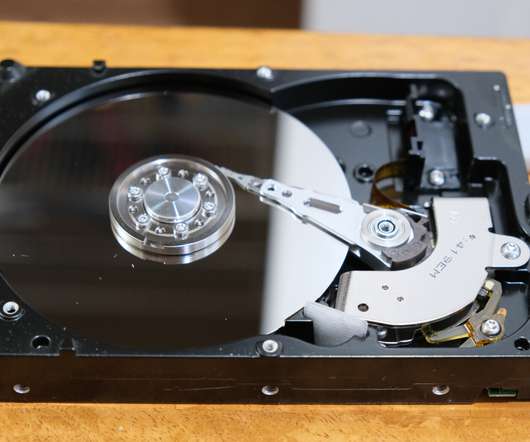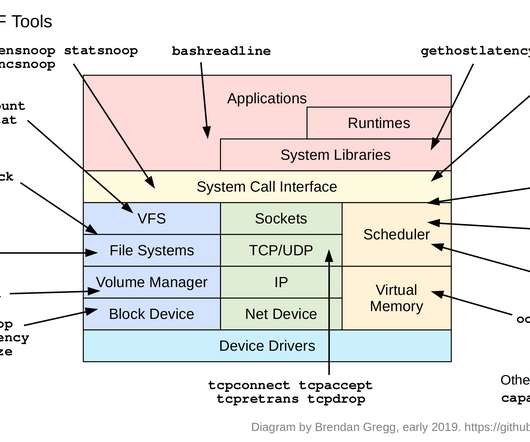Poor Disk Performance
Brendan Gregg
MAY 8, 2021
From these outputs I try to determine if the problem is: - **The workload**: High-latency disk I/O is commonly caused by the workload applied. Rotational disks have extra latency from head seeks for random I/O, and spin ups from the idle state. Hit Ctrl-C to end. Hit Ctrl-C to end. Tracing block device I/O.













Let's personalize your content